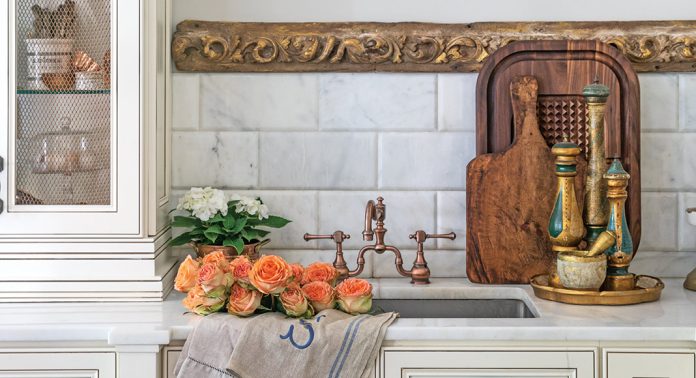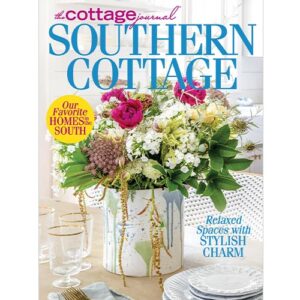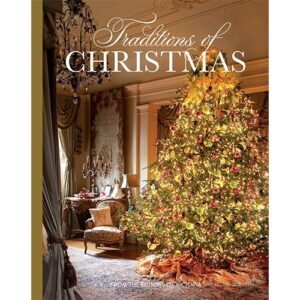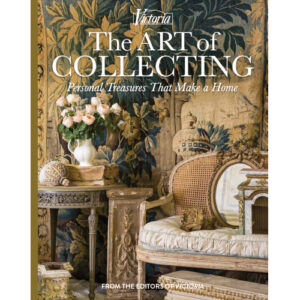
Text by Bethany Adams
Even if you don’t know the ins and outs of Florentine décor, chances are you’ve stopped in an antiques store to admire the curved legs of a table or the gilded edges of a tray from this style. Rooted in the Italian Renaissance, solidified by the tourist trade of the late 1800s, and revived during the Hollywood Regency period, this style retained its iconic carved detailing, elegant silhouettes, and wide range of colors accented with gold paint to remain a staple in many homes even today. Glean expertise from stylist Melissa Sturdivant Smith on collecting and styling these time-tested pieces in your own home.

The style’s popularity among tourists during the 19th century led to an abundance of smaller pieces that were easy to take home, like boxes, trays, framed works of art, and triptychs. This painted pastoral scene (above) sits atop a miniature easel, also of the Florentine style.

Renaissance artwork often makes an appearance in Florentine pieces, as with this collection of frames (above) featuring a famous rendition of the Madonna and Child.

While grouping like pieces—stacks of boxes or a trio of pepper mills, for example—is a quick and intuitive way to display your pieces, mixing and matching is another compelling option. Displaying frames atop a tray or using a large box as a base for showcasing a work of art can highlight the unique details of each piece.

One of Melissa’s favorite pieces, this dresser is an example of the larger items that can be found—though she notes they’re more difficult to come across than their more compact counterparts.

Nesting tables are some of the more popular items to come out of the Hollywood Regency era of Florentine décor, and this set shows off an oval bowl with ornate detailing. Melissa notes that, while her collection consists largely of white and gold, Florentine pieces are available in a wide range of colors, making them perfect for any palette.

Drilling a hole through this tray allowed Melissa to convert it into a sconce, making it a one-of-a-kind light fixture for her European-inspired kitchen. A collection of pepper mills and a mortar and pestle create a fitting vignette with a splash of color.









